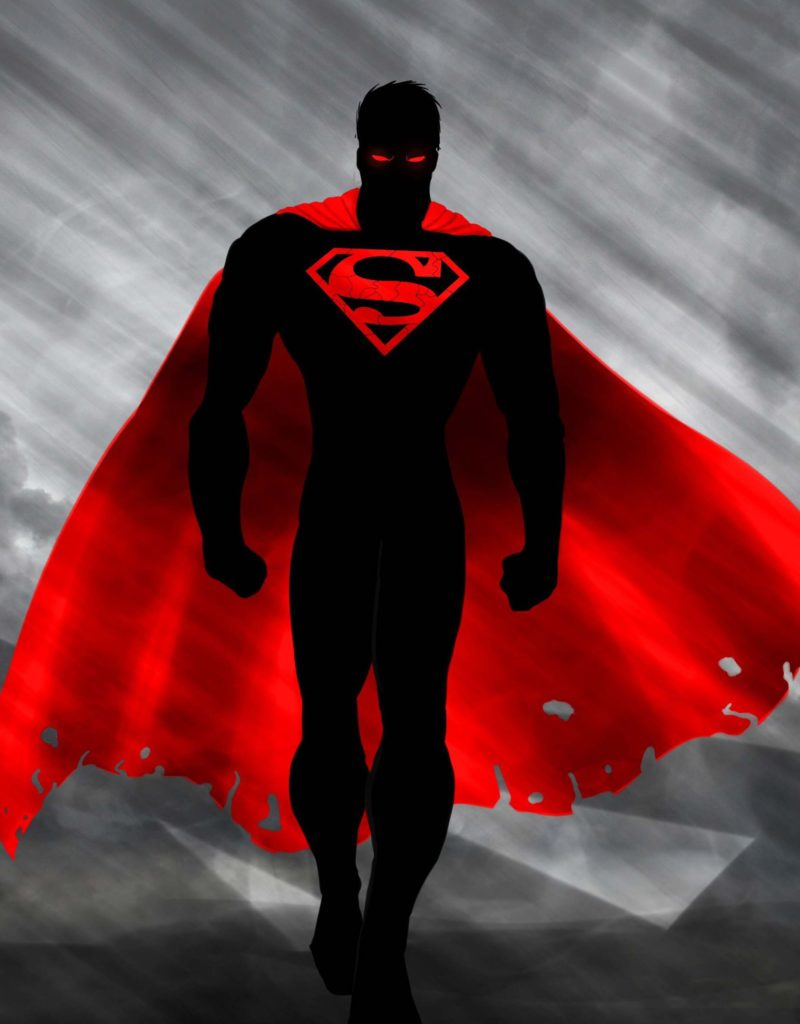
Morally ambiguous superheroes are trending. Whether it’s Marvel’s Captain America: Civil War, where no one character was unquestionably in the right, Batman v. Superman fighting each other for… I’m not sure, or Deadpool‘s R-rated schizophrenia, contemporary superheroes have apparently transitioned into our age of postmodern relativism.
In ‘Spawn’ Reboot Could Refine Good vs Evil In Superhero Films, this Inverse author observes that moral evolution in another iffy superhero.
[Todd] McFarlane released Spawn #1 in 1992, and it remains one of the highest-selling independent comics of all time. It’s also one of the most famous examples of the over-exaggerated “anti-hero” archetypes from ‘90s comics. But what really allowed Al Simmons — a decorated Special Forces soldier who makes a deal with the devil to “live” past death — to stand above his contemporaries was that Spawn hovered exclusively over the tightrope of right and wrong. At the very least, superheroes are questionably fascist with no authority as vigilantes, and Spawn brought brimstone and hellfire to the debate.
While Spawn was created specifically as an anti-hero, McFarlane appears clear about his intent to push the character into R-rated territory, creating an iteration that “won’t appeal to fans of Captain America.” Yet while the morally ambiguous superhero is not a new thing, the growth of these Gray archetypes’ popularity is worth keeping an eye on.
For one, superheroes used to be a vehicle for modeling morality. A report in this educational newsletter notes that, for young children, superheroes can serve as a moral model for young children, and that “through [superhero] play they can feel brave, fearless, in control of their world, outside of ordinary, and just plain good.” Jeff Greenberg, a social psychology professor at the University of Arizona, noted that “By identifying with the culture’s heroes and superheroes, children can begin to feel like they are aligning with what is good and can develop their own agency, power, and value in the world.” Which is why justice, crime fighting, honesty, and integrity have long been associated with superheroes. Their power was just a vehicle for decency.
The shift to the morally ambiguous superhero should interest us for another reason — when it’s used as a tool for the postmodern deconstruction of moral absolutism. The anti-hero necessarily blurs the line between good and evil; however, he or she doesn’t eliminate them. But in the hands of a secularist, the contemporary superhero is often intended to reconstruct, not reinforce, our notions of right and wrong. The intent is not simply to NOT be Captain America, but to rewrite (if not trash) his code of ethics.
Yet while some appear to see the morally ambiguous superhero as a reflection of moral relativity, the archetype actually does the opposite. Think about it this way: Gray is a combination of white and black. Without either one of them, there could be no gray (only white or black). Likewise, moral ambiguity can only exist because there is such a thing as Good and Evil to judge them by. Sure, the answer — Is this Good or Evil? — may not be always forthcoming. But it can only ever be asked with the assumption that some things ARE either Good or Evil.
If morals are relative, as many secularists posit, moral ambiguity is rather nonsensical. If neither of us can agree on what is Black or White, how in the world can we ever agree on what is gray? EVERYTHING would be gray! In fact, judging anything would be a pointless endeavor. While many superheroes do function in an area of gray, we shouldn’t confuse this as amorality. Rather, it is our instinctive sense of right and wrong which allows us to even describe an action as morally ambiguous.
Yes, moral ambiguity in storytelling can be helpful. It reveals that decisions and actions aren’t always cut-and-dried. People can be complex, bundles of both good and evil. It also reveals why discernment and judgment are essential to living. Just because someone wears spandex, can spontaneously teleport, and grow another limb does not mean they are good. It simply means that getting past the murky surface is necessary for reaching the Truth. Even then, the search for truth and/or admission of guilt or impure motives is not a surrender to moral indifference.
The morally ambiguous superhero is worth keeping an eye on. Is the archetype a vehicle for teaching discernment and navigating the moral complexity of life, or it a means of subverting our intuitive sense of Right and Wrong?


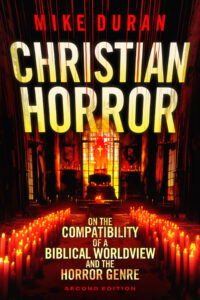
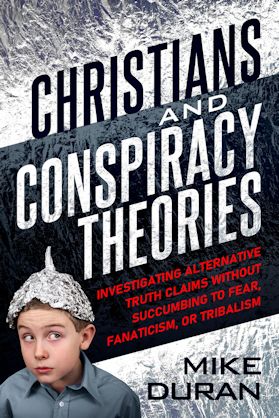
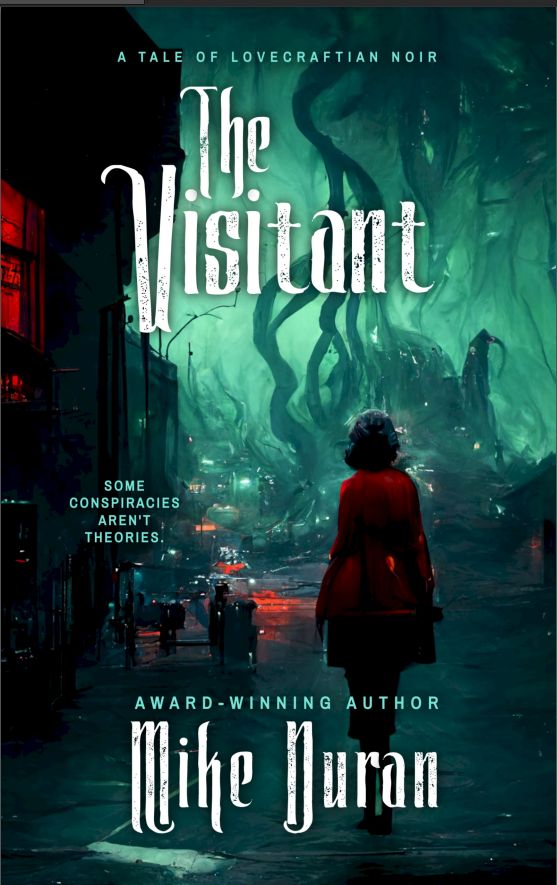


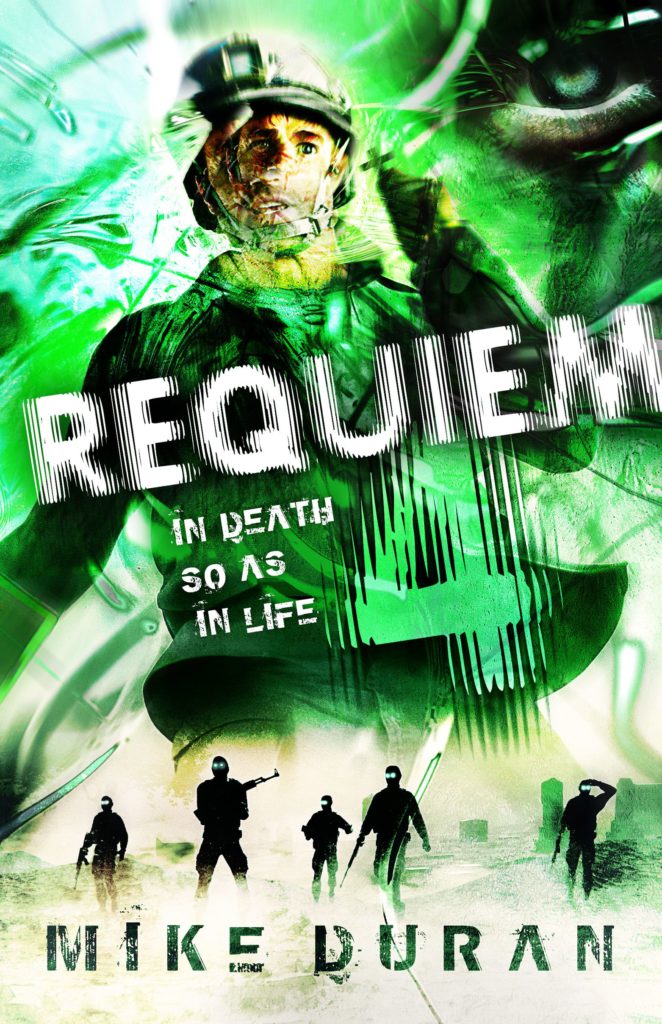
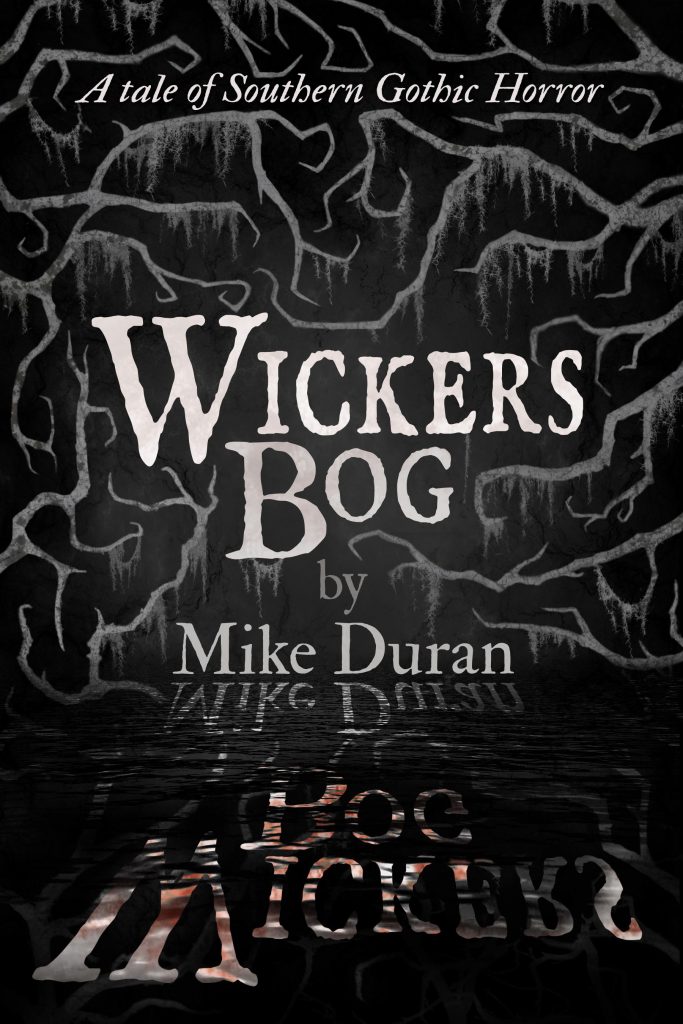
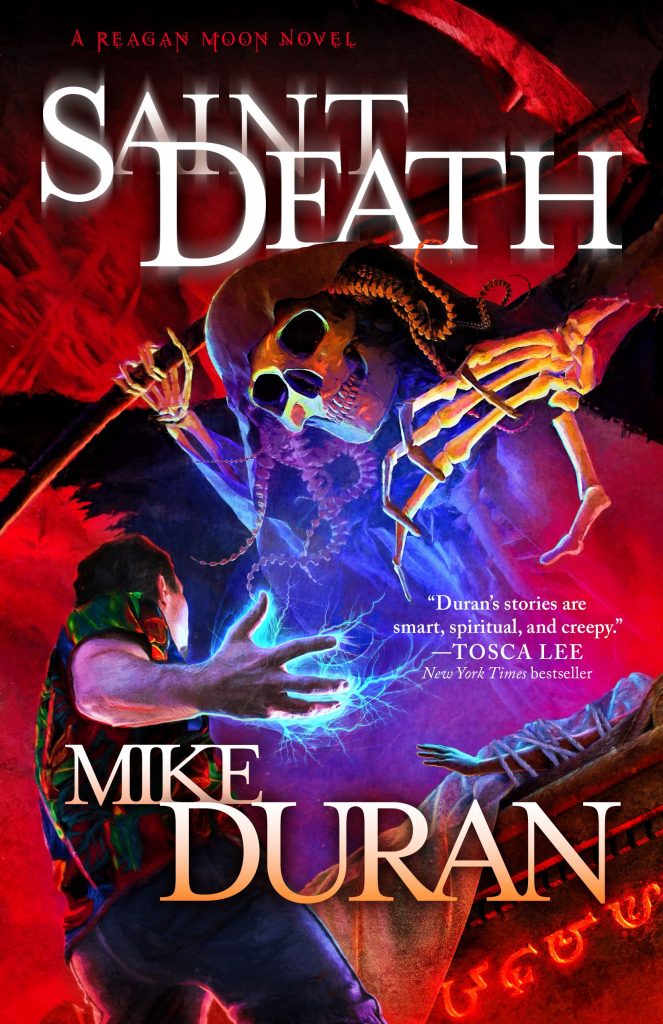
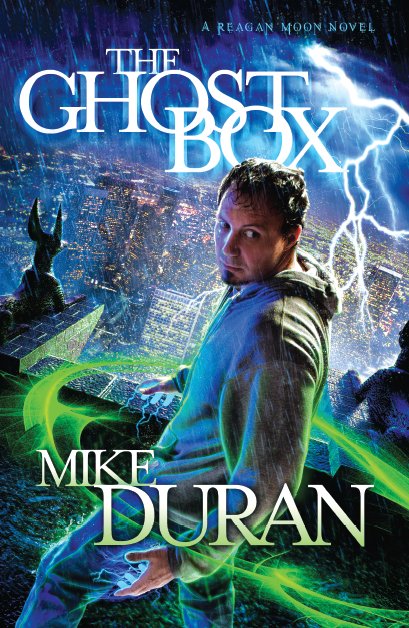
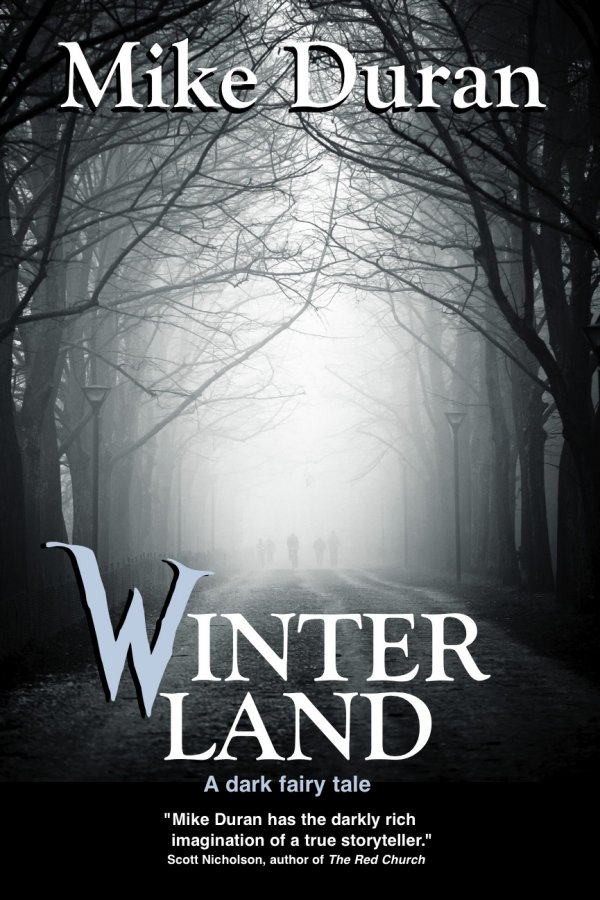
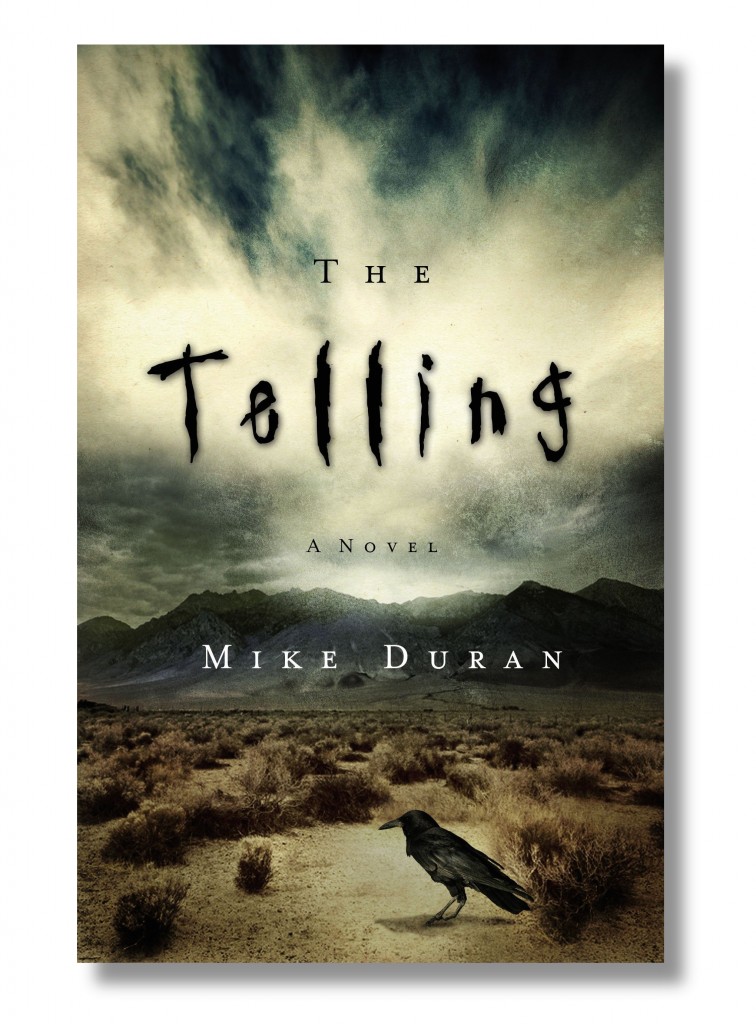
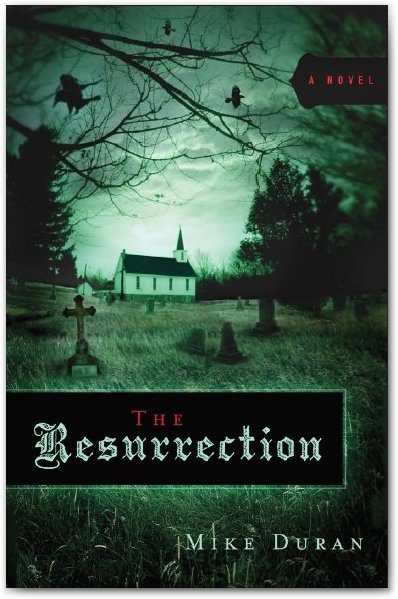
To answer your final question, while shades of gray can be used to reinforce concepts of black and white, clearly moral relatvist scriptwriters are more of a modern trend than a past one. And I think it’s pretty evident their intent is to deconstruct the very idea of moral abolutes…they WANT everything to be gray. Right?
In Civil War Captain America was unambiguously in the right, and the State is the real world equivalent of a sociopathic lunatic with mind control who wants to rule the world. Anyone has a right to possess any weapon they please, and use it on anyone who wants to disarm them. That includes reality warping powers and nukes. Sic semper tyrannus